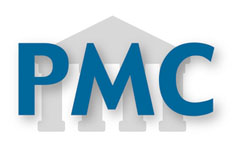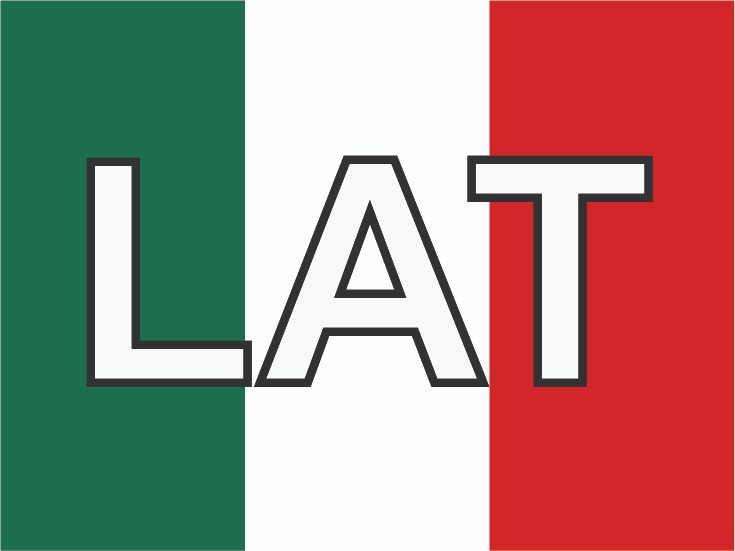Osteoporosis in childhood: related factors and prevention
Abstract
Osteoporosis is defined as a reduction in bone mass. This loss is more important in states of malnutrition, physical inactivity, and with a poor dietary intake of vitamin D and calcium. Bone mineralization depends on both genetic and nutritional factors, as well as endocrine, metabolic, and mechanical factors. Several studies in children have shown that the development of osteoporosis in adulthood may be influenced by the nutritional status during childhood, especially with regard to the contributions of calcium and vitamin D. However, currently there are many questions regarding its pathogenesis and diagnosis and its treatment, some of which are reviewed in this paper. The aim of this work has been to provide an update on the main factors associated with the development of osteoporosis and its prevention in infancy.Authors
Downloads
Download data is not yet available.
Keywords
- Osteoporosis
- Childhood
- Related factors
- Prevention
Published
2011-04-11
Submitted
2011-04-11
|
560 |
How to Cite
González-Jiménez, E., & Álvarez-Ferre, J. (2011). Osteoporosis in childhood: related factors and prevention. Colombia Médica, 42(1), 111-116. https://doi.org/10.25100/cm.v42i1.758
Issue
Section
Reviews
The copy rights of the articles published in Colombia Médica belong to the Universidad del Valle. The contents of the articles that appear in the Journal are exclusively the responsibility of the authors and do not necessarily reflect the opinions of the Editorial Committee of the Journal. It is allowed to reproduce the material published in Colombia Médica without prior authorization for non-commercial use




















